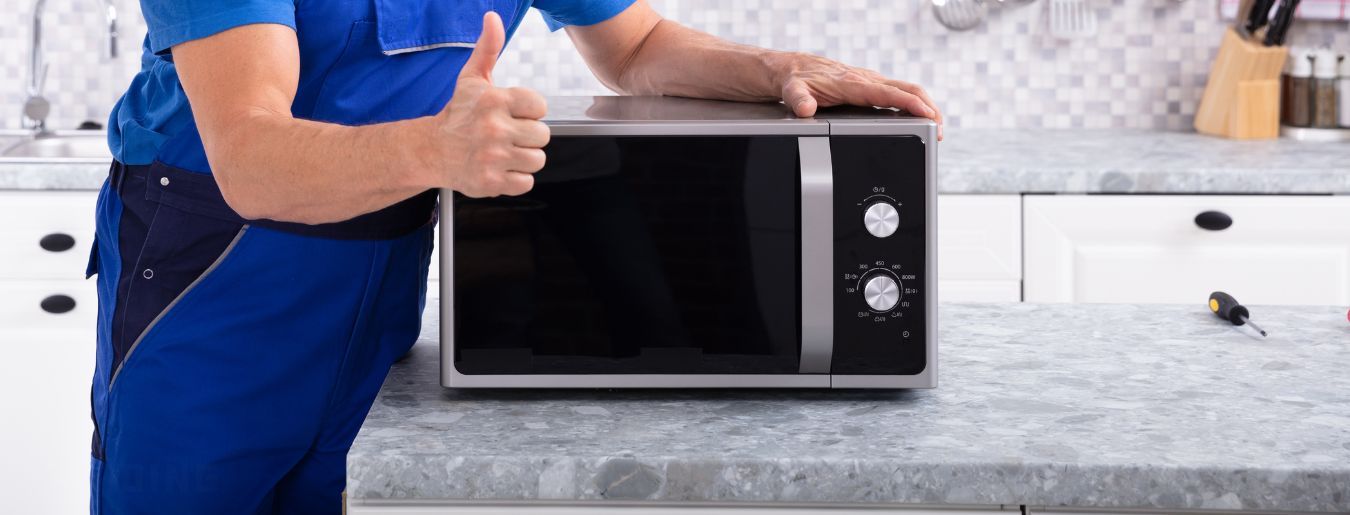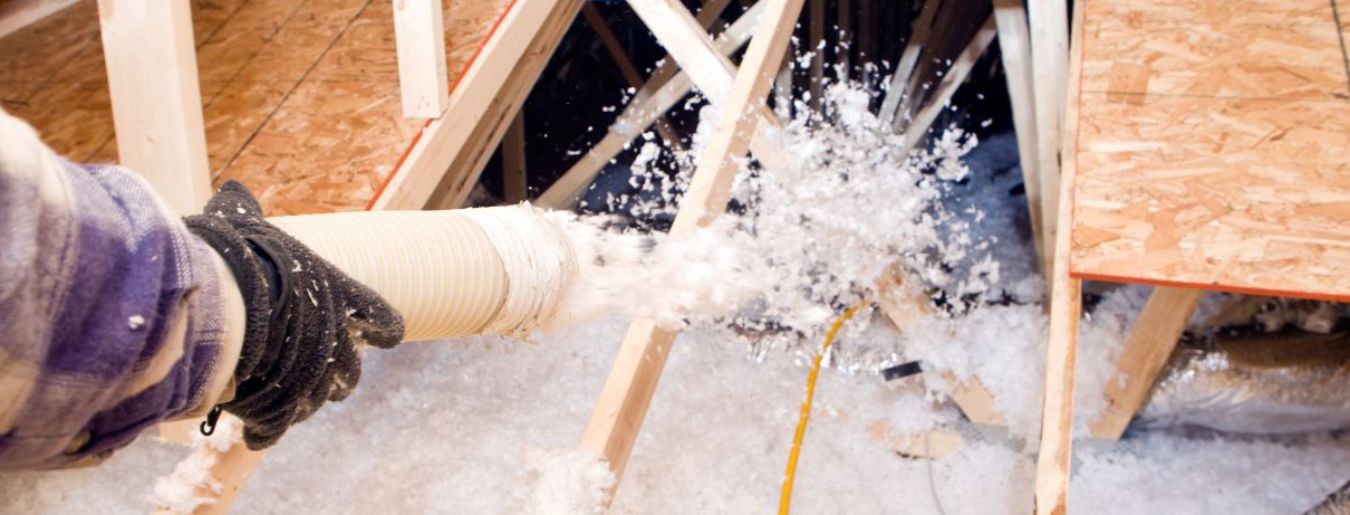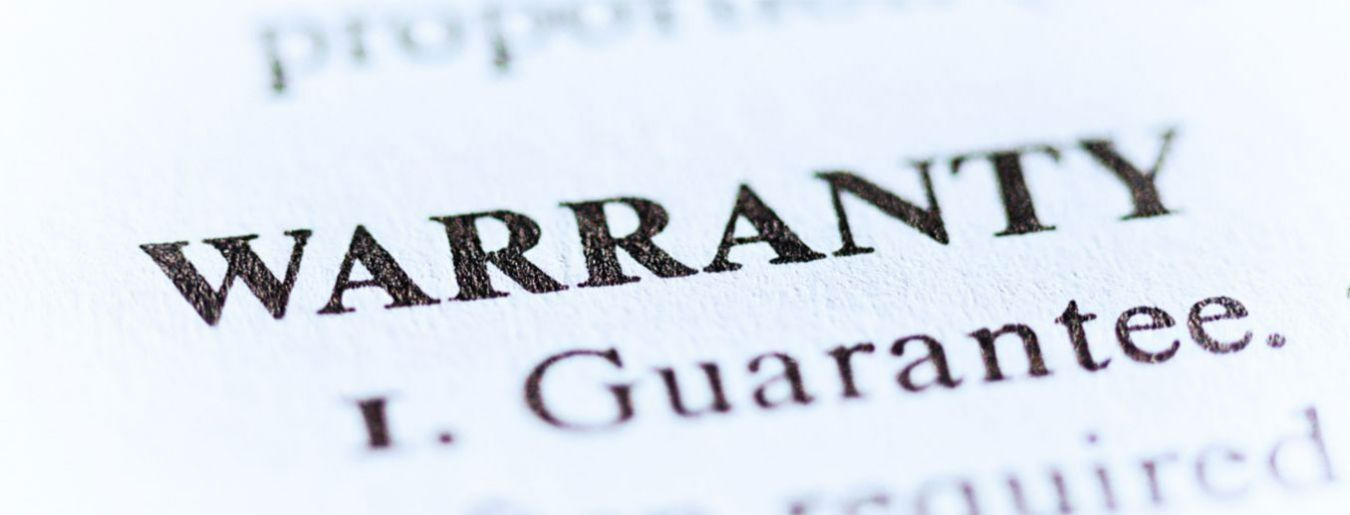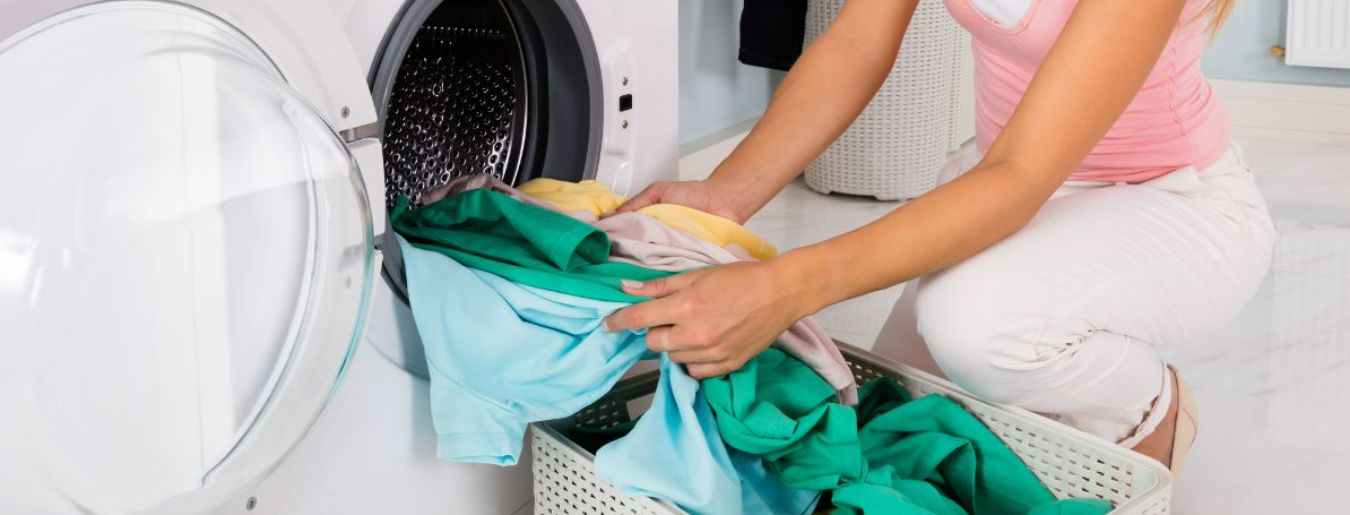Keeping your lawn looking pristine can be a big job. That's why many homeowners opt for riding mowers, which can make the task a lot more manageable. However, like any complex machine, riding mowers can sometimes run into issues. No need to worry, though! This guide will help you troubleshoot your riding mower, so you can get back to enjoying that vibrant, green lawn you're proud of.
Understanding Your Riding Mower
Key Components of a Riding Mower
To effectively troubleshoot your riding mower, it's important to understand its key components. These include the engine, cutting blade, battery, fuel system, transmission, and ignition system. Knowing how each of these parts functions will enable you to identify and address any issues that may arise.
The engine serves as the powerhouse of the mower, providing the necessary energy to drive both the cutting blade and the mower itself. Working in tandem with the engine, the cutting blade trims the grass to your desired length, ensuring a neatly manicured lawn. The battery ensures that all electrical components, such as the ignition system, have the power they need to operate smoothly. The fuel system delivers gasoline to the engine for combustion, while the transmission controls the mower's speed and direction.
Understanding the roles of these components will empower you to troubleshoot your riding mower effectively and keep it running smoothly for years to come.

Get Home Warranty Quotes
from Top Rated Authorized
Partners
Get a Quote
How Your Riding Mower Works
A riding mower operates by combining power from the engine with the spinning motion of the cutting blade. The engine drives the cutting blade, while the transmission ensures smooth movement and direction. Grass clippings are collected in a bag or discharged to the side or rear of the mower, depending on the design.
When you engage the blades, the engine transfers power to the cutting blade, causing it to rotate rapidly. As the blade spins, it cuts through the grass with precision, leaving behind a well-manicured lawn. The transmission allows you to control the speed and direction of the mower, making it easy to navigate around obstacles and ensure an even cut. The ignition system ignites the fuel in the engine, starting the combustion process that powers the mower's movement.
Common Problems with Riding Mowers
These issues can range from difficulties starting the mower to cutting inefficiencies and movement difficulties. In this article, we will explore these problems in more detail and provide some troubleshooting tips to help you get your mower back in top shape.
Starting Issues
One of the most frustrating problems with riding mowers is difficulty starting. Imagine eagerly getting ready to mow your lawn on a beautiful sunny day, only to find that your mower won't start. This can be caused by a variety of factors, such as a dead battery, faulty spark plug, or clogged fuel filter.
To troubleshoot starting issues, begin by checking the battery connections. Sometimes, a loose or corroded connection can prevent the mower from starting. If the battery is the culprit, recharge or replace it as needed. Another common cause of starting issues is a worn or damaged spark plug. Inspect the spark plug for signs of wear or damage and replace it with a new one if necessary. Lastly, ensure the fuel filter is clean and unclogged to allow proper fuel flow.
Cutting Inefficiencies
Another common issue faced by riding mower owners is cutting inefficiencies. Have you ever noticed that your mower fails to trim the grass evenly or leaves patches uncut? This can be frustrating and can make your lawn look untidy.
To address cutting inefficiencies, start by inspecting the cutting blade. Over time, the blade can become dull or unbalanced, affecting its cutting performance. If you notice any damage or dullness, sharpen or replace the blade to ensure a clean and even cut. Make sure to adjust the cutting deck height to the appropriate setting for your lawn. This will help ensure that the grass is cut to the desired length. Lastly, check the tire pressure on all the mower's tires. Uneven tire pressure can lead to an uneven cut, so make sure all tires are inflated to the correct pressure.
Movement Difficulties
Imagine trying to mow your lawn, but your riding mower is struggling to accelerate or move in a straight line. This can be a frustrating experience, but fortunately, there are a few common causes for movement difficulties.
If your riding mower is experiencing movement issues, it could be due to a problem with the transmission or drive belt. Check the transmission fluid level and condition. If it's low or dirty, refill or change it accordingly. Inspect the drive belt for signs of wear or damage. A worn-out belt can hinder the mower's movement, so replace it if necessary. Don't forget to disengage the parking brake before attempting to move the mower. Sometimes, a stuck parking brake can cause movement difficulties. Lastly, examine the drive pulleys for any issues. A faulty drive pulley can also affect the mower's movement.
Essential Troubleshooting Steps
Pre-Troubleshooting Checks
Before jumping into troubleshooting, it's crucial to perform some pre-troubleshooting checks. Start by ensuring that your riding mower has enough fuel and oil. Check the air filter for dirt or damage and clean or replace it as needed. Inspect all electrical connections for loose or corroded wires.
It's a good idea to inspect the spark plug to ensure it's clean and in good condition. A dirty or faulty spark plug can cause starting issues and poor performance. Check the tires for proper inflation and any signs of wear or damage. Proper tire maintenance is essential for ensuring the smooth and safe operation of your riding mower.
Maintenance Tips for Your Riding Mower
Regular Maintenance Tasks
To keep your riding mower in optimal condition and prevent future issues, regular maintenance is essential. Some key maintenance tasks include changing the oil regularly, cleaning the cutting deck after each use, inspecting and sharpening the cutting blades, and checking tire pressure before each mowing session.
Don't forget to lubricate moving parts, such as wheel bearings and cutting deck hinges. Keep the air filter clean, ensure the battery is charged, and clean the fuel system regularly. Regular maintenance will not only extend the life of your riding mower but also improve its performance.
Don’t forget to check the transmission fluid level. The transmission is a vital component of your riding mower, and ensuring that it has the proper amount of fluid will help maintain smooth operation. It's also recommended to inspect the steering components and adjust them as needed to ensure responsive and precise steering.
Seasonal Upkeep for Your Mower
As the seasons change, your riding mower requires specific maintenance to withstand the elements. Before winter, consider draining the fuel system to prevent fuel-related issues during storage. You should also clean the mower thoroughly, removing any grass clippings and debris.
Before the mowing season, replace the spark plug, engine oil, and air filter. Inspect the drive belt, wheel bearings, and tires for any signs of wear or damage. By performing these seasonal upkeep tasks, you'll ensure that your riding mower is ready to tackle the challenges of each season. As part of your seasonal maintenance routine, it's beneficial to inspect the electrical system of your riding mower. Check the wiring harness for any signs of wear or damage, and ensure all connections are secure. Testing the battery and charging system will help prevent starting issues when you need to use your mower.
When to Call a Professional
Identifying Serious Issues
While many riding mower issues can be resolved through troubleshooting and regular maintenance, there may be instances where it's best to call in a professional. Serious problems, such as major engine or transmission failures, may require specialized knowledge and tools to repair. If you're unsure about the severity of an issue, it's always better to err on the side of caution and seek professional assistance.
One common sign of a serious issue is abnormal noises coming from the engine or transmission. Grinding, clunking, or whining sounds could indicate internal damage that needs immediate attention from a professional. Ignoring these warning signs could lead to further damage and more costly repairs down the line.
Finding a Trusted Mower Repair Service
When choosing a mower repair service, it's crucial to find a trusted and reliable provider. Ask for recommendations from friends or neighbors, and read online reviews to gauge the reputation and quality of service offered by different repair shops. Make sure the technicians are experienced and authorized to work on your specific riding mower model.
Inquire about the warranty offered on repairs and parts. A reputable repair service will stand behind its work and provide guarantees to ensure customer satisfaction. It's also beneficial to choose a repair shop that offers regular maintenance plans to keep your riding mower in top condition throughout the year.
Take the time to get multiple quotes and compare prices, but remember that quality should be prioritized over cost. A professional repair service will not only fix existing issues but also offer advice on preventing future problems and maximizing the lifespan of your riding mower.
Maximizing the Lifespan of Your Riding Mower
Proper Storage and Care
To ensure a long and productive life for your riding mower, proper storage and care are vital. Store your mower in a clean, dry, and well-ventilated area, preferably protected from extreme temperatures and moisture. This will help prevent rust and corrosion, which can significantly reduce the lifespan of your mower. Storing your mower indoors or in a shed will protect it from the elements, such as rain, snow, and harsh sunlight.
Regularly clean the mower, remove any grass clippings or debris, and keep the cutting deck and blade well-maintained. This will not only improve the performance of your mower but also prevent any potential damage caused by clogged or dull blades. It is recommended to clean your mower after each use, paying special attention to the undercarriage and the air filter.
During periods of inactivity, disconnect the battery and keep it in a cool, dry place. This will help preserve the battery's lifespan and prevent any potential damage caused by extreme temperatures. It is also advisable to periodically check the battery's charge level and recharge it if necessary.
Implement a regular maintenance schedule and perform all recommended tasks. This includes changing the oil, inspecting and replacing spark plugs, checking tire pressure, and lubricating moving parts. By following these guidelines, you'll significantly increase the lifespan of your riding mower and avoid unnecessary repairs.
Recommended Replacement Parts and Upgrades
As your riding mower ages, certain components may require replacement or upgrading to enhance its performance and efficiency. Replace worn-out cutting blades with high-quality replacements to ensure a clean and precise cut. Dull blades not only result in an uneven and untidy lawn but can also put extra strain on the mower's engine, leading to decreased fuel efficiency and potential damage.
Consider upgrading the air filter, battery, or even the engine to more advanced models if your budget allows. Upgrading the air filter can improve the mower's overall performance by ensuring a cleaner and more efficient combustion process. Similarly, a new battery can provide a stronger and more reliable power source, especially if you frequently mow large areas.
When contemplating replacements or upgrades, consult with a professional to determine the compatibility with your specific riding mower model. They can provide valuable insights and recommendations based on their expertise and knowledge of the latest technologies. They can help you identify any other potential areas for improvement or maintenance that you might have overlooked.


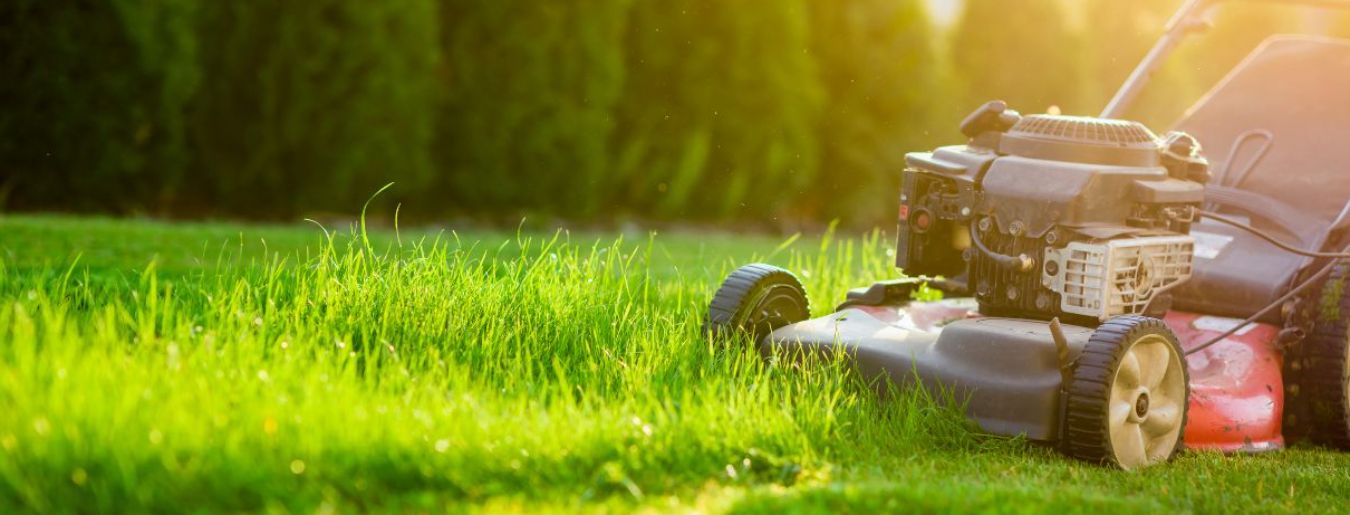

 Prev Post
Prev Post


